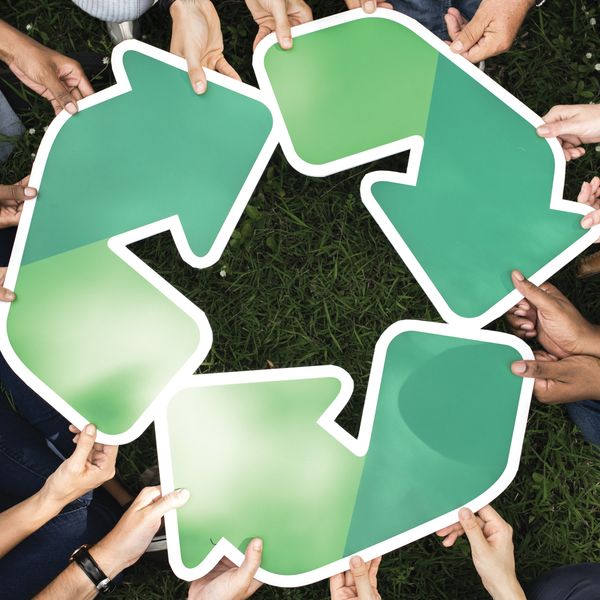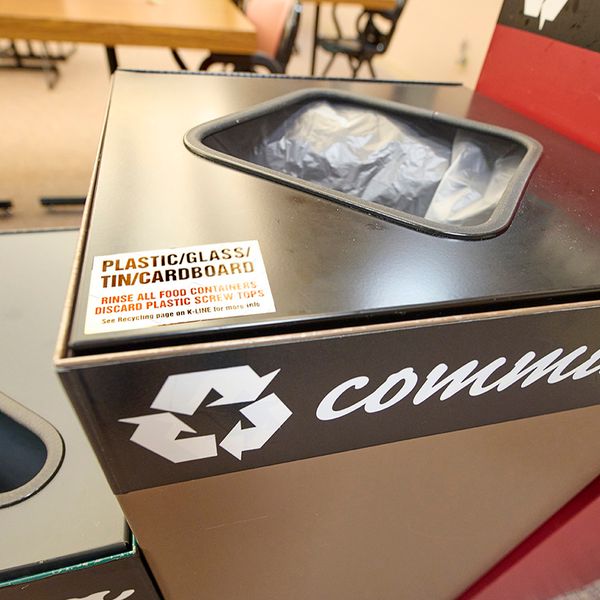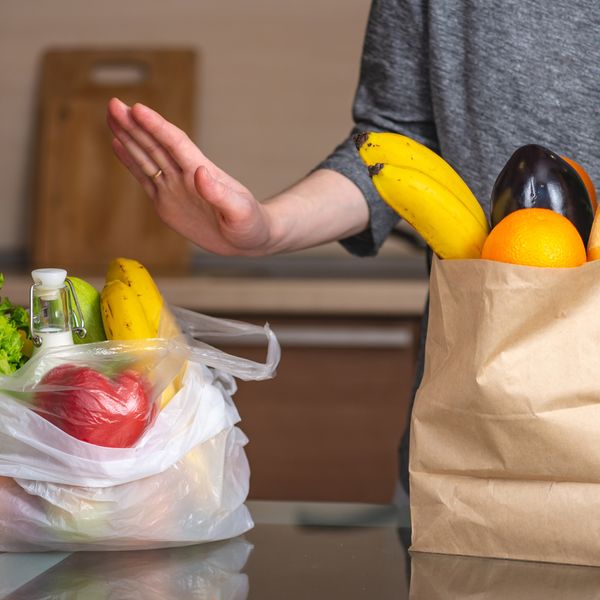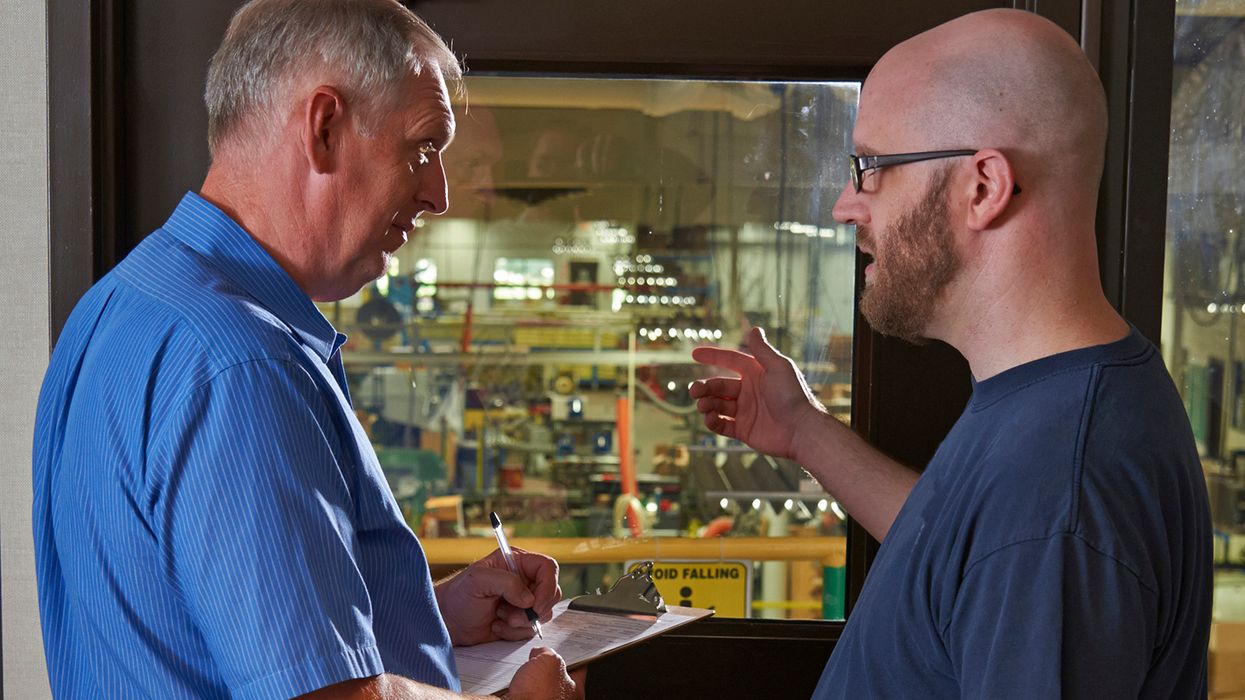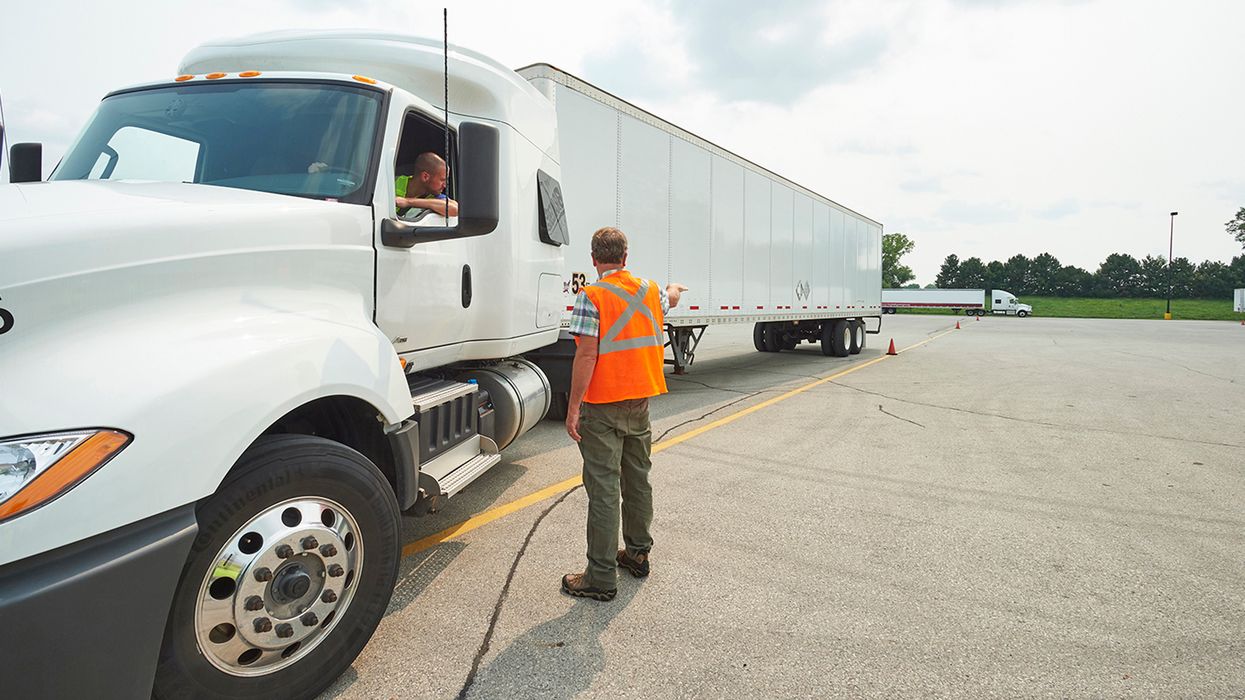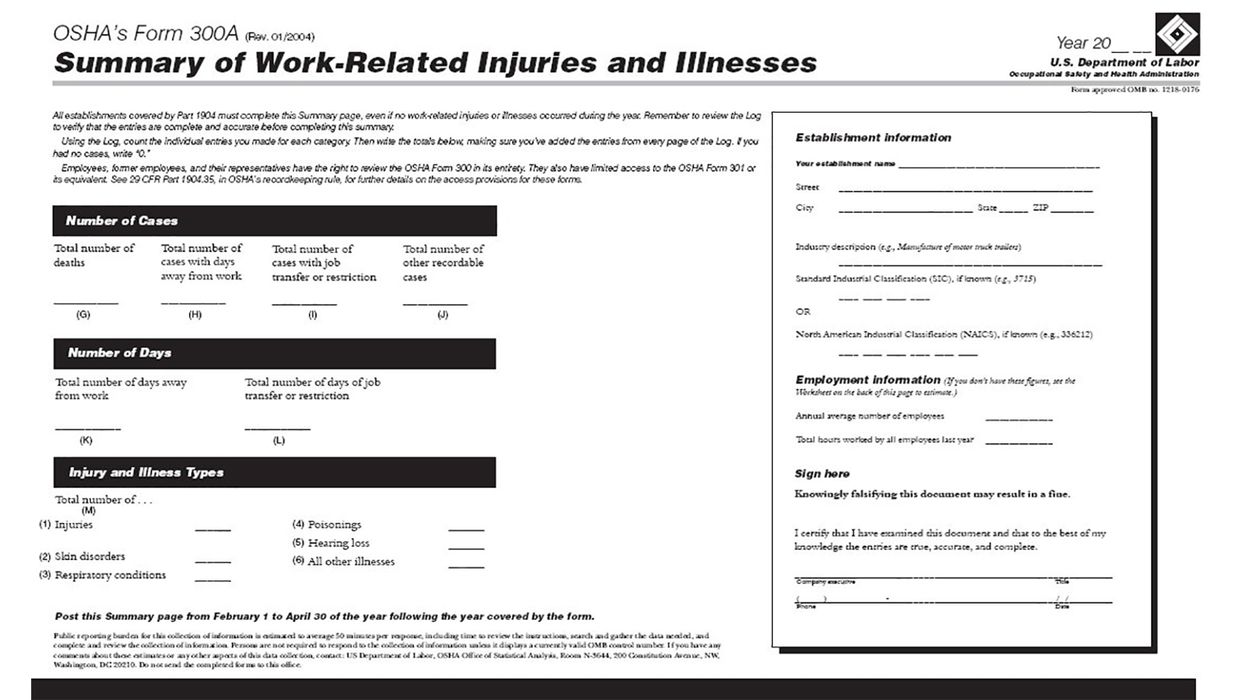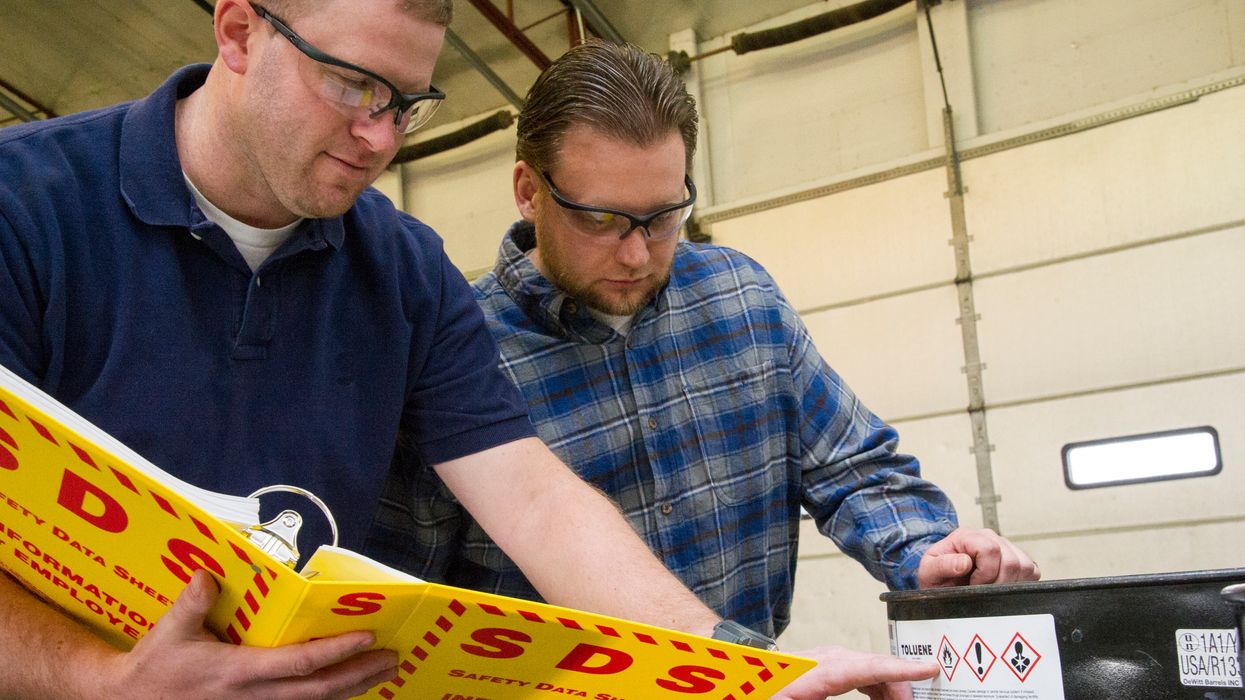Latest EPA recycling figures show recycling rates down for 2018
Ahead of America Recycles Day, November 15, 2020, EPA released an update to a report highlighting the economic benefits of recycling. The agency stressed the importance of recycling, noting it creates jobs, aids manufacturing industries, and significantly contributes to the U.S. economy.
EPA has data tables on national municipal solid waste (MSW) that go back to the 1960s. The most recent Advancing Sustainable Materials Management: Facts and Figures provides data on the state of recycling for 2018. According to the report, the combined recycling and composting rate increased from less than 10 percent of MSW (trash) in 1980 to 35 percent in 2017; however, the rate dipped to 32 percent in 2018. Specifically, in 2018, 292.4 million tons of MSW were generated, with about 93.9 million tons of MSW being recycled and composted. An additional 17.7 million tons were managed through other food management pathways.
In the most recent report, EPA enhanced its food measurement methodology to more fully account for all the way in which wasted food is managed throughout the food system. In addition, EPA included construction and demolition debris management data. Because of these additions, EPA says MSW generation is higher in 2018 than in 2017.
Measured by tonnage, the most-recycled products and materials in 2018 were:
- corrugated boxes (32.1 million tons),
- mixed nondurable paper products (8.8 million tons),
- newspapers/mechanical papers (3.3 million tons),
- lead-acid batteries (2.9 million tons),
- major appliances (3.1 million tons),
- wood packaging (3.1 million tons),
- glass containers (3 million tons),
- tires (2.6 million tons),
- mixed paper containers and packaging (1.8 million tons), and
- selected consumer electronics (1 million tons).
Collectively, these products accounted for 90 percent of total MSW recycling in 2018.




